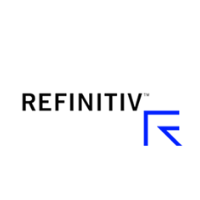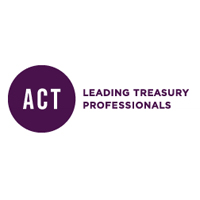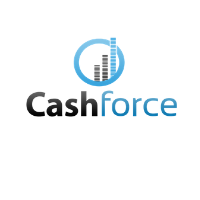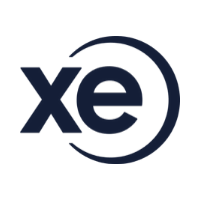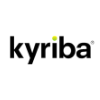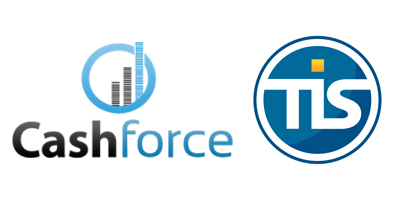30-03-2021 | treasuryXL | Kyriba |
Şişecam is a Turkey-based, multi-national glass manufacturer that wanted to centralise payments, get better visibility of the group’s accounts and reduce the potential for fraud. Kyriba helped them achieved all this – and more.

Barış Gokalp, Head of Treasury at Şişecam explains the background to the project: “when I joined Şişecam, it was very decentralised, with each company managing its own banking operation. We had too many banks, over 60 companies and multiple ERP systems. After 2013 we did a lot of M&A so there were various different ERPs. There was also a lots of connection types, including SFTP, fax and email, with no standardisation. Each payment operation had its own route, which made it hard to manage.”
“We realised that first we had to solve the connectivity issue with the banks. We figured out that we were spending a lot of time answering how much money do we have and also on the banking operations for our payments.”
Levent Coskuner, Managing Partner of ELC Strategy which advised Şişecam, explains the approach taken: “we knew the internal culture and structure of financing at Şişecam, so we were looking for the best global solution. Between his arrival at Şişecam and the end of 2018, Barış and I visited various countries to understand the different options. It was very important that the solution was very scalable and secure – security was one of the main issues. And given that they have multiple ERPs, we needed a standardised approach. Kyriba has the number one SaaS solution.”
The project had several key elements. “The focus was on enabling payments for ERP systems, centralising and securing them,” says Nik Romano, Head of Emerging Markets at Kyriba. “But they also wanted to gain visibility into the group’s bank accounts. Şişecam selected us as much on the capability of our technology from an application perspective as on the capability to enable connections across so many banks and so many jurisdictions.”
When the Şişecam team looked at Kyriba’s references they realised that a lot of companies have worries about transactions, and that was one of the key points in their decision.
“The number of transactions is not important to us, rather the variety of those transactions. We saw that our geographic reach – Kyriba’s and Şişecam’s – matched, and when we visited Kyriba clients to get references the feedback was marvellous!” says Gokalp.
Tackling supply chain finance was not on the initial agenda, but when the Şişecam team visited a Kyriba client in France they realised that they could also use the treasury management system for other parts of their treasury activities. So although they began with account visibility and payment operations, they realised that they could also include supply chain finance, FX management, cash flow management and cash flow forecasting.
“As the treasury director I saw that we could manage all our treasury activities on one platform with many banks, many countries and many companies. Perfect!” says Gokalp.
“We began to go live with the various countries within the Şişecam group, and by the end of 2021 we will have finished that. All the connections will be established and all the payments will be done via Kyriba. We have also begun to sort out the supply chain finance issues and we will plug the banks into our supply chain finance because we know that a company’s strength comes from its suppliers. In addition, we know that we can manage our FX position via Kyriba. So we will look at that and, if we can manage to finalise things, we will also use Kyriba’s cash flow management module by the end of next year,” says Gokalp.
Gokalp agrees that fraud was the key motivation for the group’s top management. “As all treasurers know, we need to do the checks before the money leaves,” he says. “You should establish in your workflow rules, so that if there is some ‘noise’ around a payment, you can stop it. We have begun to follow where the money is going and when it will reach us. I hope that by the end of the next year we will be fully digitalised, which is one of the objectives of our organisation. The payment file will come from the ERP and no one will be able to touch it, it goes directly via Kyriba.”
Full digitisation means that when a file is created it goes directly and securely to Kyriba, through the approval process and on to the bank. The ERP and the accountants can see in a couple of minutes what has happened to the payment and, if there is a rejection or some other problem that is also reflected back to the ERP system. This is a fully integrated process.
As with so many clients, the Covid crisis showed Şişecam just what their new system could do.
Gokalp explains: “When the pandemic hit we were initially using Kyriba with five companies in Turkey, but in two days all the companies were able to use Kyriba for payments. So the need for the people to come into the office for the signatures and approvals – that was all removed. That was a big credibility boost for the project as well. Before, it was very hard to make a payment. You sent it to the bank and then it arrived, or, if it didn’t you just sent it again. But now all this is done in 10 minutes max.”
“At first some people internally were worried about this project, but when they understood what the project entailed, they too wanted to be part of it.”
About Şişecam
Şişecam is one of the biggest glass manufacturers in the world, based in Turkey but with operations in the Eurozone, Russia, India and Egypt. The group manufactures all sorts of glass – table glass, glass packaging, flat glass and automotive glass – and also produces the chemicals used to produce glass. It has 20 companies worldwide and is working with approximately 60 banks.



